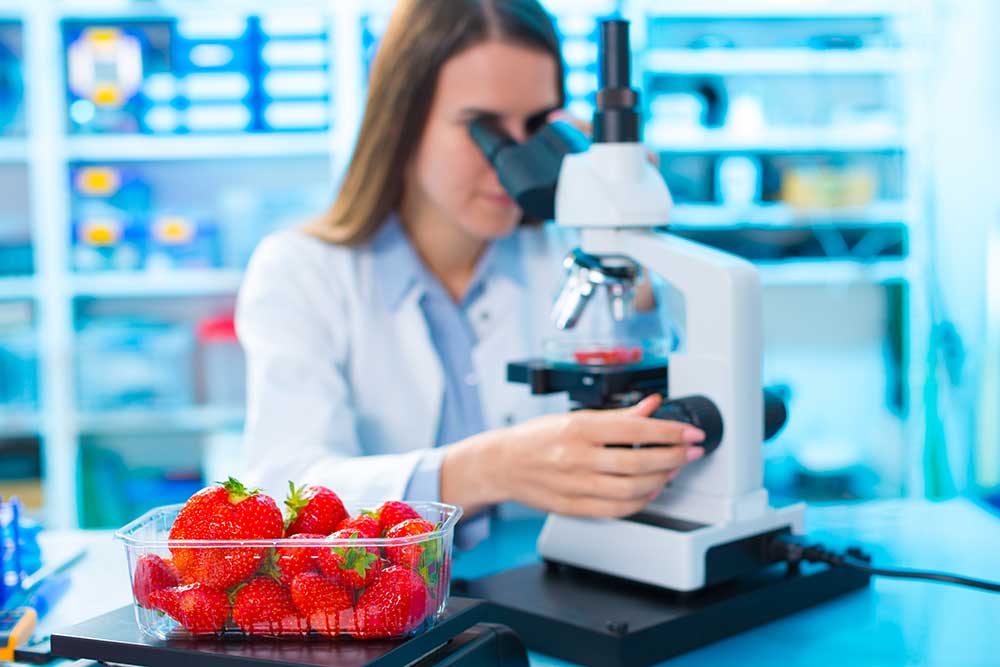HACCP (Hazard Analysis and Critical Control Points) is a science-based management system and an internationally recognized food safety system with process steps that emphasize a proactive approach to food safety and health.
It’s an acronym that stands for:
Hazard
Analysis and
Critical
Control
Points
The Breakdown
The system identifies and controls three potential food safety hazards in:
- Biological
- Chemical
- Physical

The United States Food and Drug Administration (FDA) and Department of Agriculture (USDA) both require mandatory HACCP programs for juice, meat, and seafood in an effort to uphold a level of food safety and to maintain and protect public health. Furthermore, any restaurant or business using Reduced Oxygen Packaging will need a compliance plan. The goal is to produce a finished product that has had its safety ensured and documented every step of the way.
7 Principles
There are 7 HACCP principles that make up and define a great HACCP plan. These principles are as follows:
- Perform hazard analysis
- Define critical control points
- Define critical limits
- Establish monitoring procedures
- Establish corrective action procedures
- Establish verification procedures
- Establish record keeping system
The 7 principles follows a path from start to finish that begins with building a HACCP team, constructing flow diagrams, identifying hazard control points, critical control points, and their respective limits. This allows for CCP monitoring or critical control point monitoring. HACCP decision trees are then used to help decide whether a hazard control point is a critical control point or not.
Furthermore based on identified hazards and control points, safety precautions, procedures, and control measures can then be established that contribute to part of a bigger system.

What is HACCP?
So you might still be asking. What is HACCP? Applied properly, it can be used to control any area that could introduce potential biological, chemical, or physical hazards into the food stream. Whether it be illness-inducing microorganisms, contaminants, chemicals, raw materials, unsafe processes, package labeling, or storage conditions, the plan is designed to establish critical limits for safety and to prevent and control potential hazards.
Conclusion
The development and implementation of a proper plan is not an easy task as there are several verification procedures and steps. Many restaurants and companies will hire a team to handle the burden of developing and writing a plan, as well as the implementation process.
If you would like more information or are looking to get a HACCP plan done for your restaurant, company, or business, feel free to reach out to us at [email protected].

